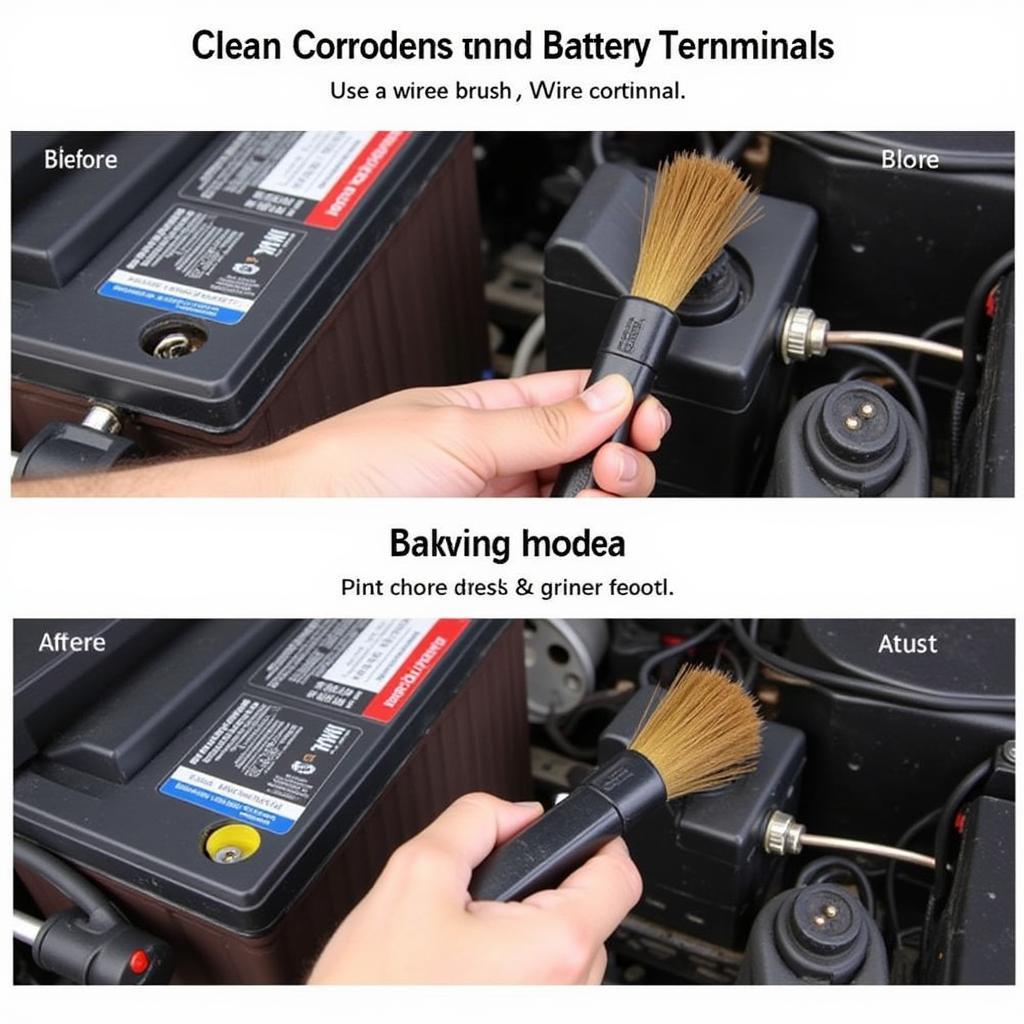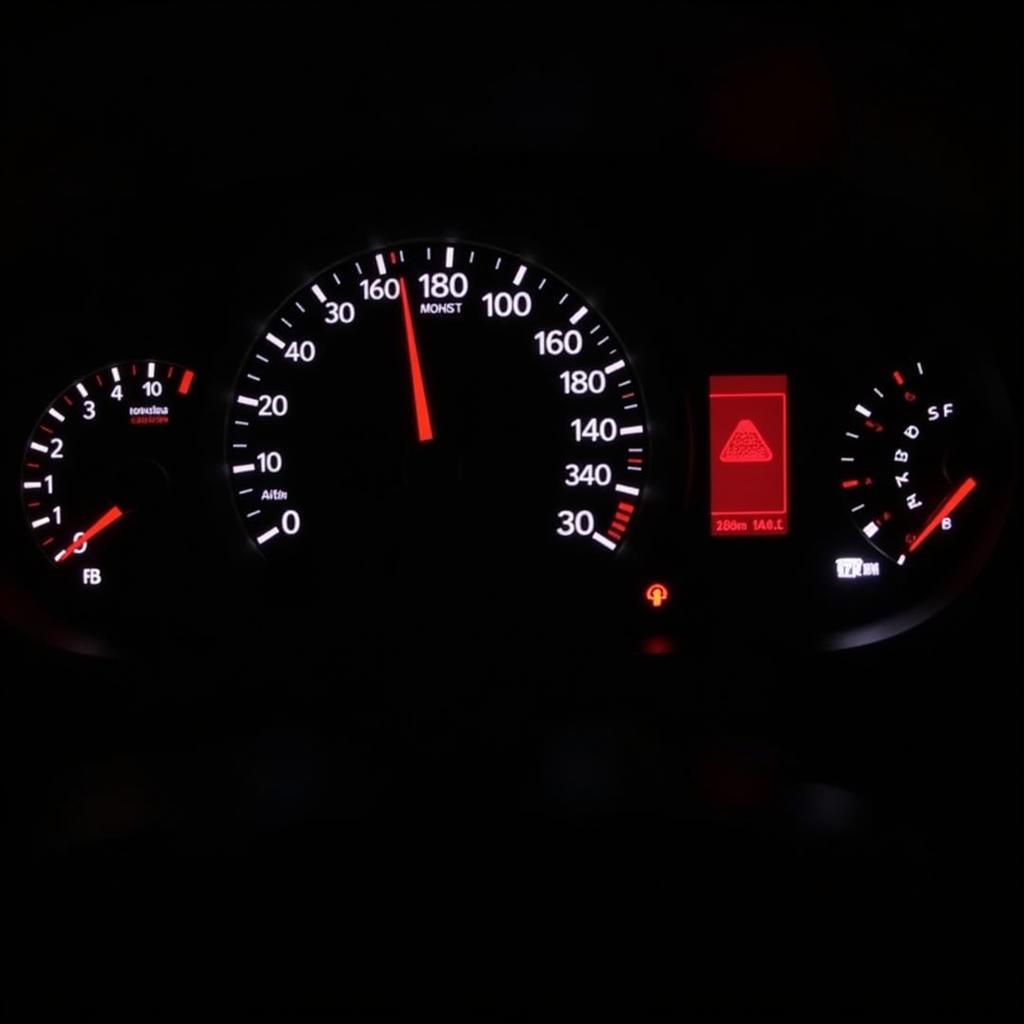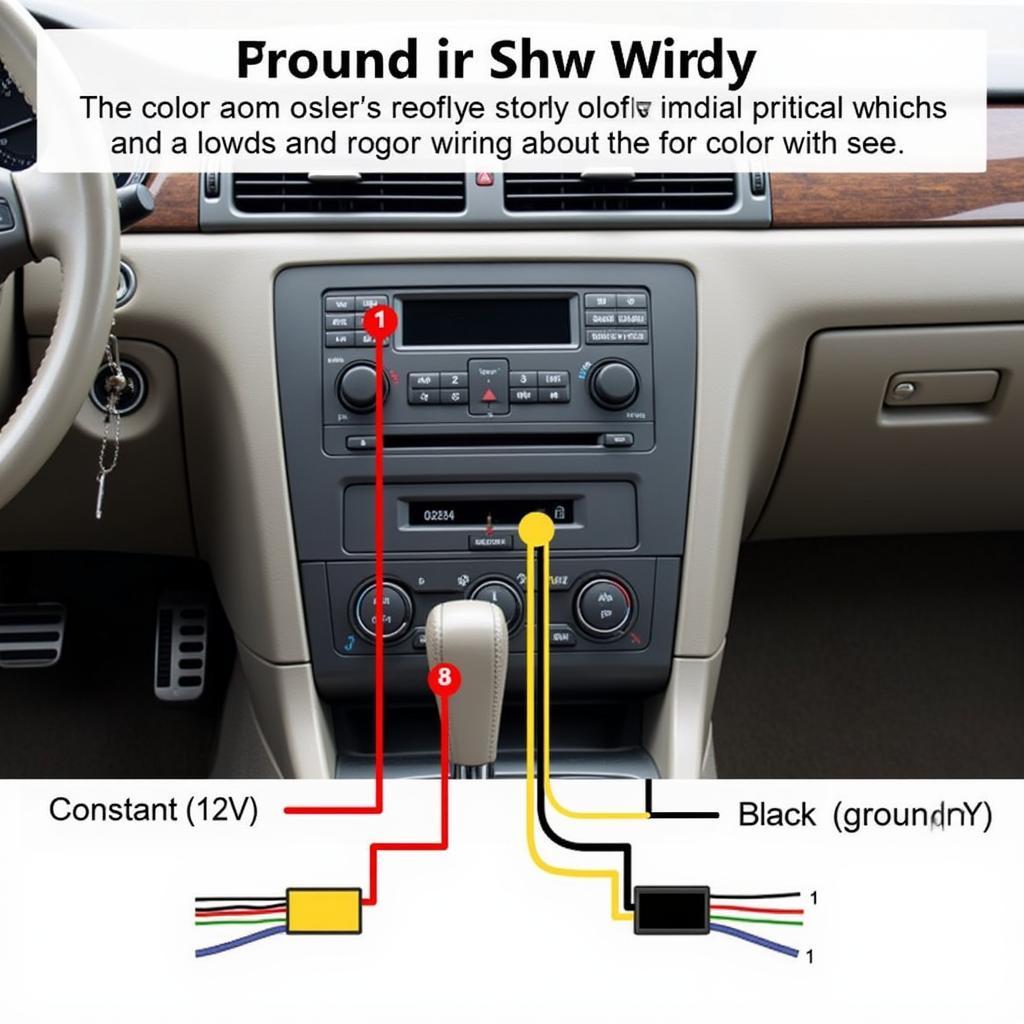A mini battery drain can be a frustrating issue, leaving you stranded or constantly worried about your car starting. This article provides a comprehensive guide to understanding, troubleshooting, and resolving mini battery drains in your vehicle. We’ll explore the common causes, diagnostic techniques, and even remote software solutions that can help get you back on the road.
Understanding Mini Battery Drain
A mini battery drain, unlike a complete battery failure, is a slow, insidious discharge of your car’s battery. It’s often difficult to pinpoint the culprit, as the drain can be caused by various factors, ranging from faulty components to software glitches. These drains can leave you with a dead battery after just a few days or even overnight, especially in colder climates.
Common Causes of Mini Battery Drain
- Parasitic Draw: This is the most common cause, referring to electrical components continuing to draw power even when the car is off. Examples include interior lights, glove compartment lights, faulty door switches, and even aftermarket accessories like radios or alarms.
- Faulty Alternator: While less common, a failing alternator may not charge the battery effectively, leading to a slow drain.
- Software Issues: Modern vehicles are increasingly reliant on software, and bugs or glitches can sometimes cause excessive battery drain.
- Bad Battery: Although a dying battery may mimic a mini battery drain, it’s important to distinguish between the two. A failing battery won’t hold a charge, even if the electrical system is functioning correctly.
- Corroded Terminals: Corrosion on battery terminals can restrict current flow, preventing proper charging and leading to a slow discharge.
Diagnosing a Mini Battery Drain
Diagnosing a mini battery drain involves systematic testing and elimination. Here’s a step-by-step guide:
- Check the Obvious: Begin by ensuring all lights and accessories are off. Inspect the glove compartment, trunk, and under-dash lights.
- Perform a Parasitic Draw Test: This involves using a multimeter to measure the current draw when the car is off. A reading above 50 milliamps generally indicates a parasitic drain.
- Isolate the Circuit: With the multimeter still connected, start pulling fuses one at a time. A significant drop in the multimeter reading when a specific fuse is removed indicates the problematic circuit.
- Identify the Culprit: Once you’ve identified the circuit, inspect the components within that circuit for faults. This may involve checking wiring, switches, and relays.
Using Remote Diagnostics and Programming
Advancements in automotive technology allow for remote diagnosis and software updates. Many modern vehicles can be remotely scanned for software glitches or electrical faults, often resolving battery drain issues without a physical visit to a repair shop.
Solving the Mini Battery Drain
Once you’ve identified the cause of the drain, the solution can range from simple DIY fixes to more complex repairs:
- Replacing Faulty Components: This could involve replacing a faulty light switch, a malfunctioning relay, or a corroded battery terminal.
- Software Updates: Remote software updates can often address bugs that cause excessive battery drain.
- Alternator Replacement: If the alternator is the culprit, it will need to be replaced.
- Battery Replacement: If the battery is old or failing, it will need to be replaced.
- Cleaning Battery Terminals: Cleaning corroded battery terminals can often restore proper charging and eliminate the drain.
“Regularly checking your battery terminals for corrosion and ensuring all interior lights are off can significantly reduce the risk of experiencing a mini battery drain,” says Robert Johnson, Senior Automotive Electrical Engineer at Advanced Auto Solutions.
 Car Battery Terminal Cleaning
Car Battery Terminal Cleaning
Conclusion
Mini battery drain can be a perplexing issue, but with systematic troubleshooting and the assistance of remote diagnostics, the culprit can often be identified and resolved. By understanding the common causes and employing the diagnostic techniques outlined in this guide, you can keep your car starting reliably and avoid the frustration of a dead battery. Remember to regularly inspect your battery and electrical system for potential problems, and don’t hesitate to seek professional help when needed. Addressing a mini battery drain promptly can save you time, money, and the inconvenience of being stranded.
FAQ
- What is a normal parasitic draw for a car? A normal parasitic draw is typically below 50 milliamps.
- Can a bad alternator cause a mini battery drain? Yes, a failing alternator can contribute to a slow battery drain.
- How can I test my car battery for a parasitic draw? Use a multimeter to measure the current draw when the car is off.
- Can remote diagnostics fix a mini battery drain? Yes, remote diagnostics can identify software issues and sometimes even fix them remotely.
- How often should I check my car battery? It’s recommended to check your battery at least every six months, especially before winter.
- What are the signs of a dying car battery? Slow engine cranking, dim headlights, and clicking sounds when turning the key are common signs.
- Can I fix a mini battery drain myself? Depending on the cause, some mini battery drain issues can be resolved with simple DIY fixes.
“Addressing a mini battery drain proactively can prevent further complications and ensure the longevity of your car’s electrical system,” adds Robert Johnson.



